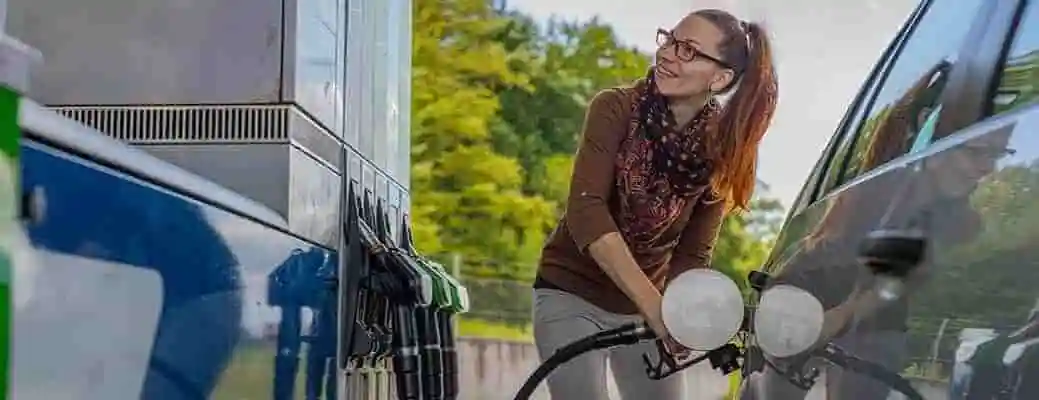The Benefits and Risks of Hypermiling


If you’re always thinking about ways to boost your car's fuel economy, you may have heard about hypermiling. So what is hypermiling? Hypermiling is a driving technique where you try to squeeze the most fuel efficiency out of your vehicle. You can hypermile with any type of car or truck — these days, hypermiling an electric car is popular with people who want to get as much range as possible from their charges. People with hybrid cars hypermile by keeping their vehicles running on battery power rather than gasoline as much as possible.
Most strategies used to maximize miles per gallon follow safe and smart driving habits. Hypermilers, for instance, do not tailgate and typically stay in the right lane. If you’re considering how to hypermile, you may want to:
When it comes to hypermiling, there are a few red flags you should watch out for. Hypermilers try to avoid coming to complete stops, and slowly get up to speed after coming to a stop. This may make drivers behind hypermilers impatient. Here are a few other hypermiling techniques that could be dangerous.
When you drive behind a big vehicle, you have less air and wind resistance pushing against your car, so you can increase your fuel efficiency. The TV show Mythbusters reportedly found that following a truck at 100 feet improves gas consumption by 11 percent and following at 10 feet bumped improvement up to 40 percent. However, according to the National Highway Traffic Safety Administration, you need 265 feet to safely brake when you are traveling at 55 mph. Shorter distances mean you risk rear-ending the truck if it stops suddenly.
When you drive on a smoother surface, you increase your fuel efficiency. A report by the Asphalt Paving Alliance found a smooth surface could cut your fuel consumption by up to 5 percent compared to driving on rough pavement. Some hypermilers drive on the painted lines that divide the lanes since, conceivably, the smoother painted surface would provide lower fuel consumption. But these lane markers are there for a reason — to keep cars separated. Drive on the painted lines and you risk an accident.
Your lights use power, so turning them off can save battery power. But it’s safer to have them on so other drivers can see you.
A Farm Bureau agent can help ensure you have the insurance coverage you need, whatever driving techniques you try. Reach out today to connect.